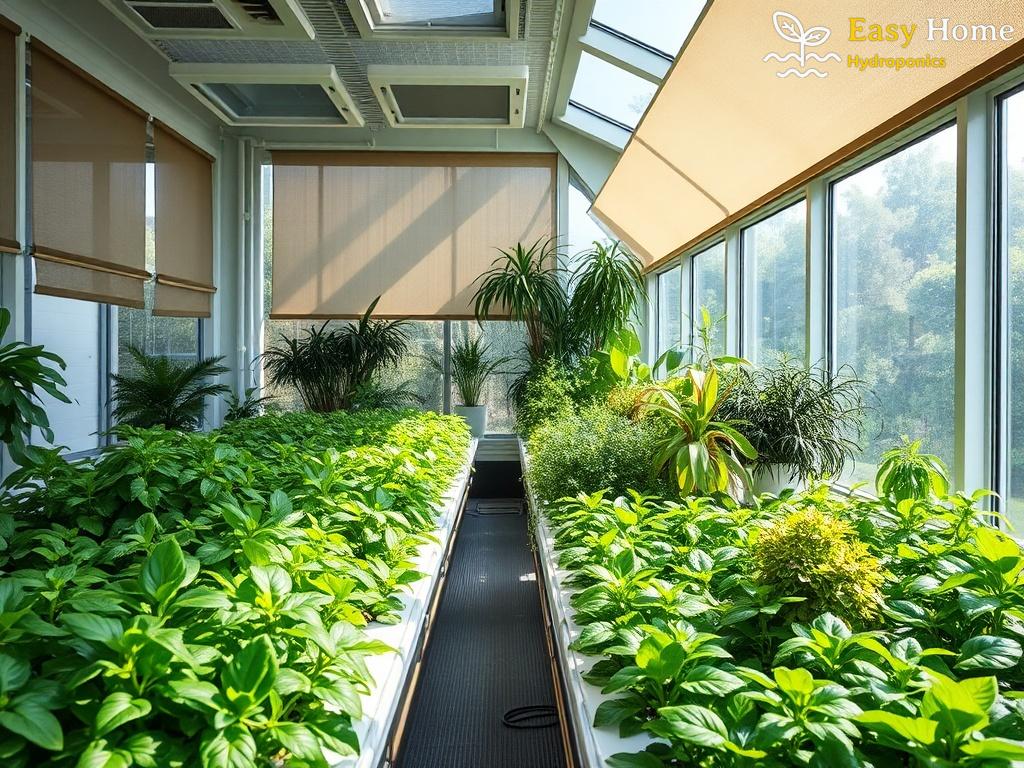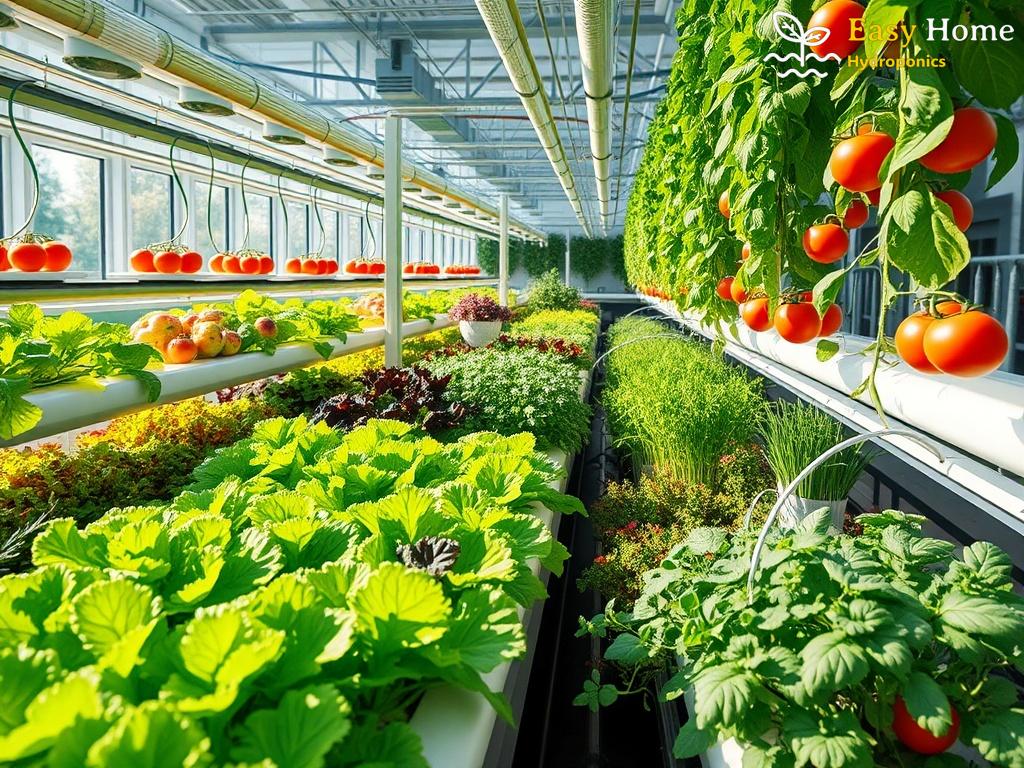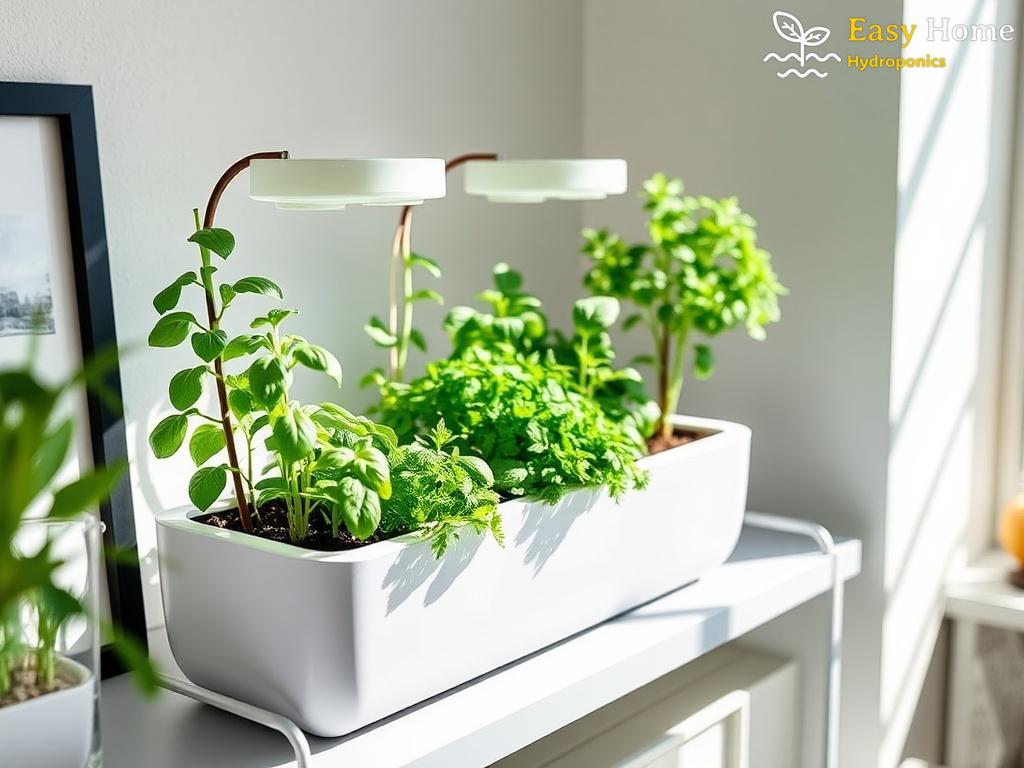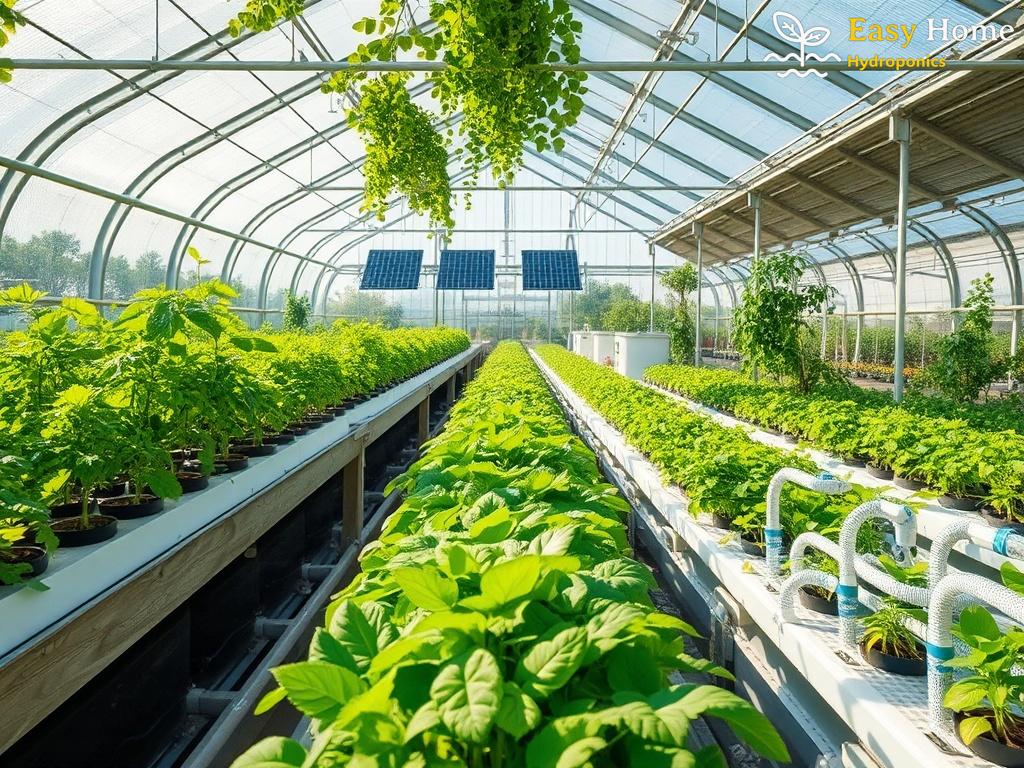Harnessing the Sun: Innovative Light Capture Techniques
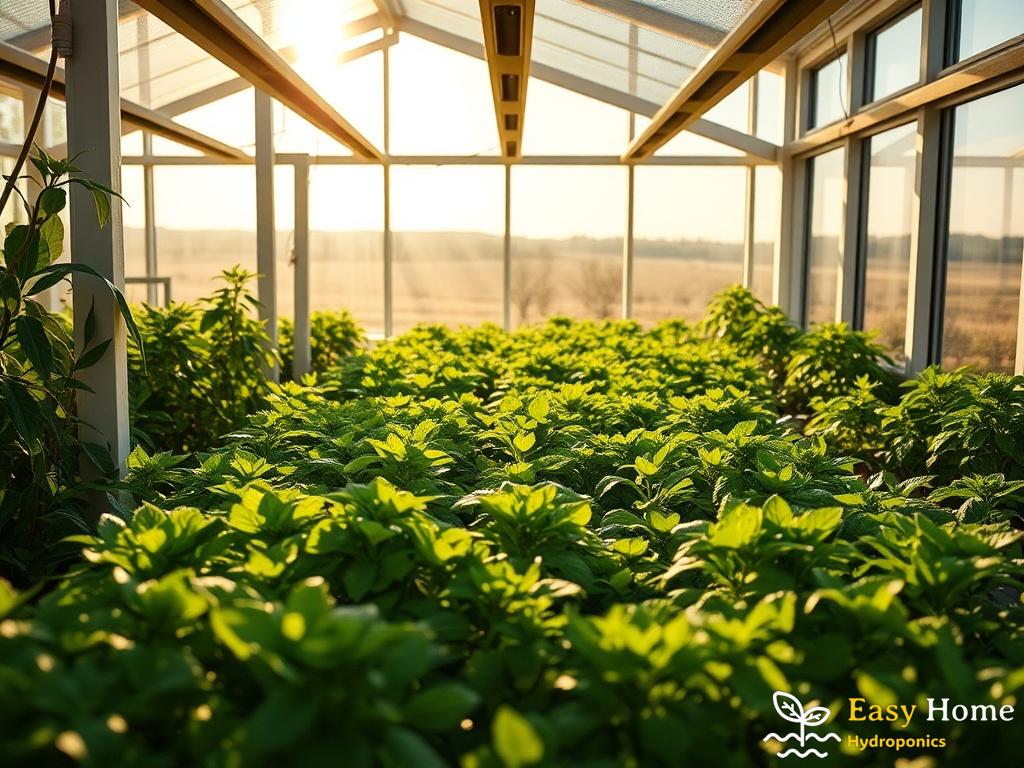
Revolutionizing Indoor Agriculture with Natural Light
The growing need for sustainable agricultural practices has led to an increased interest in indoor hydroponics. However, one of the greatest challenges faced by indoor growers is the effective utilization of natural sunlight. Innovative light capture techniques are emerging that not only enhance plant growth but also reduce energy costs. By harnessing the power of the sun, growers can create optimal conditions for their hydroponic systems, leading to healthier plants and higher yields.
Innovative Strategies for Maximizing Sunlight
To fully capitalize on the benefits of natural light, hydroponic growers are adopting a variety of innovative strategies. These methods are designed to capture, reflect, and distribute sunlight more effectively throughout the growing area. Here are some of the most effective techniques:
- Light Shelves: These horizontal surfaces are placed above plant canopies to reflect sunlight deeper into the growing area.
- Reflective Materials: Utilizing reflective materials on walls and ceilings can significantly increase light penetration.
- Smart Glass Technology: This advanced glass can adjust its transparency based on sunlight intensity, optimizing light conditions.
- Vertical Farming Structures: By stacking plants vertically, growers can ensure that each layer receives adequate sunlight exposure.
Comparative Analysis of Light Capture Techniques
Understanding the effectiveness of various light capture techniques can provide crucial insights for indoor hydroponics enthusiasts. Below is a comparative analysis of some popular methods:
| Technique | Advantages | Disadvantages |
|---|---|---|
| Light Shelves | Increases light depth, reduces shading | Initial installation cost |
| Reflective Materials | Cost-effective, easy to install | May require maintenance to retain reflectivity |
| Smart Glass Technology | Adapts to changing light conditions | High upfront investment |
| Vertical Farming Structures | Maximizes space usage, enhances light exposure | Complexity in design and maintenance |
Optimizing Light Cycles: Timing Your Hydroponic Growth
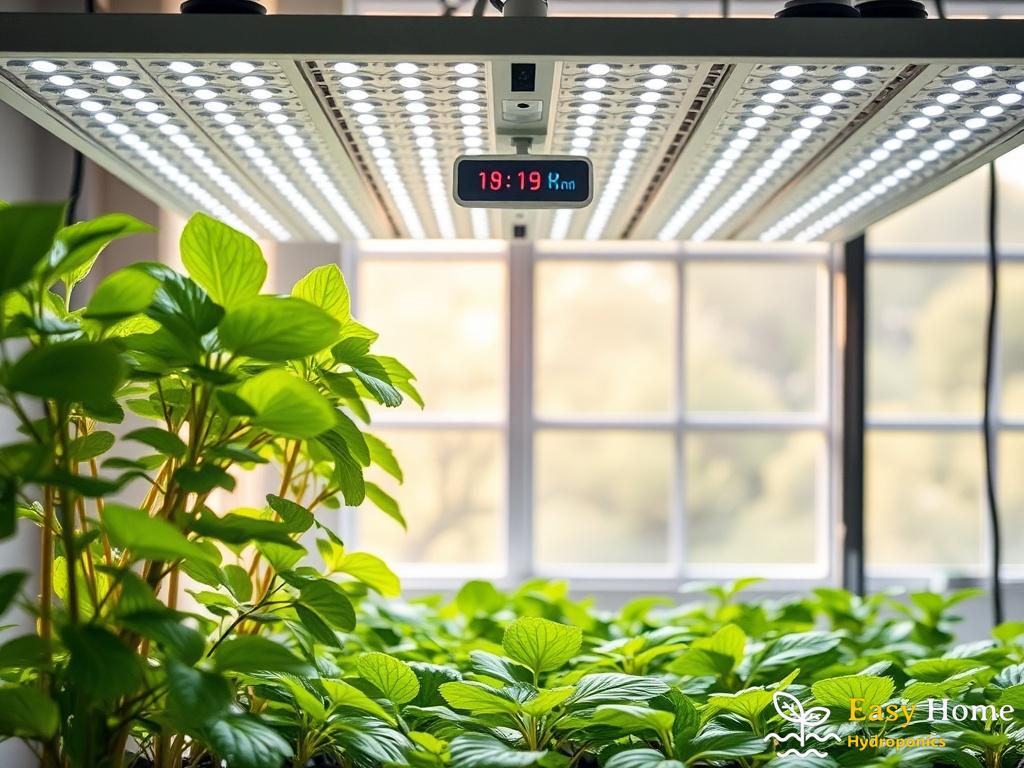
In the world of indoor hydroponics, the timing of light exposure is just as crucial as the intensity and quality of light. Understanding and optimizing light cycles can significantly influence plant growth, development, and overall yield. By strategically planning when your plants receive light, you can mimic natural growth patterns, ensuring that your hydroponic system thrives.
Understanding the Science of Light Cycles is essential for anyone looking to elevate their indoor garden. Plants have evolved to respond to specific light durations, known as photoperiods, which can trigger vital physiological processes. For instance, vegetative growth often benefits from extended light periods, while flowering typically requires shorter days. By aligning your light cycles with these natural rhythms, you can enhance growth rates and optimize yield.
Crafting Your Perfect Light Schedule involves a careful balance between light and dark periods. A common approach is the 18/6 cycle, providing 18 hours of light and 6 hours of darkness, which is ideal for many leafy greens and herbs. Conversely, crops like tomatoes or peppers might thrive better under a 12/12 cycle during their flowering phase. Experimenting with these cycles can lead to remarkable discoveries about what works best for your specific plants, making the process not only educational but also rewarding.
Moreover, the integration of technology can further refine light cycle optimization. Automated timers and smart lighting systems can ensure that plants receive consistent light exposure without the risk of human error. This technological advancement allows growers to simulate seasonal changes, gradually adjusting light durations to mimic natural conditions, ultimately producing healthier plants.
Natural Light vs. Artificial: Finding the Perfect Balance
In the quest for optimal growth in indoor hydroponic systems, the debate between natural and artificial light remains a pivotal topic. While both lighting sources hold unique advantages, understanding how to effectively integrate them can lead to unparalleled plant health and productivity. The key lies in recognizing the strengths of each type and finding a harmonious balance that caters to the specific needs of the plants being cultivated.
Natural light offers a spectrum that is often unmatched by artificial sources, providing plants with the full range of wavelengths they utilize for photosynthesis. This natural energy source not only fosters robust growth but also contributes to the development of essential phytochemicals that enhance flavor and nutritional value. However, the availability of sunlight can be inconsistent, making it challenging for growers in regions with limited sunlight or during the winter months. Consequently, many indoor growers are turning to artificial lighting as a reliable supplement.
Artificial lights, such as LEDs and fluorescent bulbs, are designed to provide specific light wavelengths that can be tailored to the varying growth stages of plants. For example, blue light promotes vegetative growth, while red light encourages flowering and fruiting. This customization allows growers to manipulate their indoor environments to achieve desired outcomes. Yet, over-reliance on artificial systems can lead to higher energy costs and sometimes inadequate light quality, which may affect plant health.
Ultimately, the optimal approach involves a synergistic strategy that combines both natural and artificial lighting. Growers can maximize the benefits of sunlight during peak hours and supplement with artificial sources during periods of low natural light. This approach not only optimizes growth conditions but also mitigates energy expenses. Advanced technologies, such as smart lighting systems, can further enhance this balance by automatically adjusting light intensity based on real-time conditions. By leveraging the strengths of both natural and artificial lighting, indoor hydroponic growers can create a thriving ecosystem that drives remarkable plant performance.
Seasonal Strategies: Adapting to Changing Daylight Patterns
Embracing Nature’s Rhythms
As indoor hydroponics becomes increasingly popular, understanding the impact of seasonal changes on daylight patterns is crucial for optimizing plant growth. The variation in sunlight throughout the year can pose challenges for growers striving for consistent yields. However, by adapting to these natural rhythms, hydroponic enthusiasts can harness the power of sunlight to enhance growth, flavor, and nutritional quality of their crops. Navigating these seasonal shifts may seem daunting, but with innovative strategies, it can transform your indoor garden into a thriving ecosystem.
Dynamic Light Management
During the winter months, daylight diminishes, prompting a need for effective light management strategies. One highly effective method is dynamic light management, which involves adjusting light exposure based on real-time conditions. By utilizing automated systems that monitor light levels, growers can ensure that their plants receive optimal sunlight, even during periods of reduced natural light. This can include integrating supplemental artificial lighting that mimics the spectrum of sunlight, thus providing a seamless transition from day to night.
Moreover, seasonal adaptability can be enhanced through the use of reflective materials and strategically placed light shelves to capture and diffuse available sunlight. By rearranging plants or optimizing their placement in relation to windows or light sources, growers can further maximize light exposure during the shorter days of winter. This careful calibration not only helps maintain plant health but also supports robust growth cycles throughout the year.
Transitioning Through the Seasons
As the seasons shift from winter to spring, daylight hours gradually increase, allowing for more natural light to penetrate indoor spaces. This transition offers an excellent opportunity for growers to adjust their light schedules accordingly. By gradually increasing light durations, plants can be gently acclimated to the changing conditions, leading to enhanced growth and vitality. Understanding the importance of acclimatization during this period is vital; it prepares plants for the longer days ahead, enabling them to thrive as they enter their peak growing season.
Additionally, keeping a close eye on temperature fluctuations as seasons change is essential for maintaining a balanced indoor environment. Warmer temperatures coupled with increased daylight can create a more favorable climate for plant growth, provided that humidity levels are also monitored. With a strategic approach to seasonal adjustments, indoor hydroponic growers can cultivate a bountiful harvest that reflects the natural cycles of the environment.
Reflective Surfaces: Maximizing Light Distribution in Your Setup
When it comes to indoor hydroponics, every drop of light counts. The ability to maximize light distribution can be the key differentiator between a thriving ecosystem and a struggling one. Reflective surfaces emerge as a potent ally in this quest, enhancing the efficiency of natural light supplementation. By strategically utilizing reflective materials, growers can transform their indoor environments into vibrant, light-rich spaces that promote optimal plant growth.
Reflective surfaces serve as an essential component of light management strategies in indoor hydroponic systems. These surfaces work by bouncing light back toward the plants, effectively extending the reach of sunlight. When sunlight enters the growing area, reflective materials can redirect this precious resource, ensuring that even the most shaded plants receive their fair share of illumination. This technique can be particularly beneficial in setups with limited natural light, where every bit of sunlight is a valuable asset.
Choosing the Right Reflective Materials
To harness the full potential of reflective surfaces, it’s crucial to select the right materials. Options such as mylar, aluminum foil, and white paint are popular choices among hydroponic enthusiasts. Mylar is renowned for its high reflectivity, often exceeding 90%, making it a favorite for maximizing light capture. Meanwhile, aluminum foil is an economical alternative that can also deliver impressive results. On the other hand, painting walls and surfaces with flat white paint can provide a more aesthetically pleasing option while still reflecting a significant amount of light. Understanding the unique properties of each material can empower growers to make informed decisions that best suit their setups.
Strategic Placement and Design Considerations
The placement of reflective surfaces within the growing area is equally important as the choice of materials. By positioning these surfaces to angle light towards the plant canopies, growers can significantly enhance light distribution. Installing reflective panels on walls, ceilings, or even utilizing light shelves can create a dynamic environment that amplifies natural light exposure. Additionally, thoughtful design considerations, such as the layout of plants, can further optimize light reach. For instance, taller plants can be positioned closer to reflective surfaces to ensure that they receive adequate light, while shorter plants can be placed further away but still benefit from the redirected light.
In conclusion, incorporating reflective surfaces into indoor hydroponic setups not only maximizes light distribution but also elevates overall plant health and productivity. As growers adopt these innovative strategies, they are set to unlock the full potential of natural light supplementation, leading to flourishing plants and bountiful harvests.

